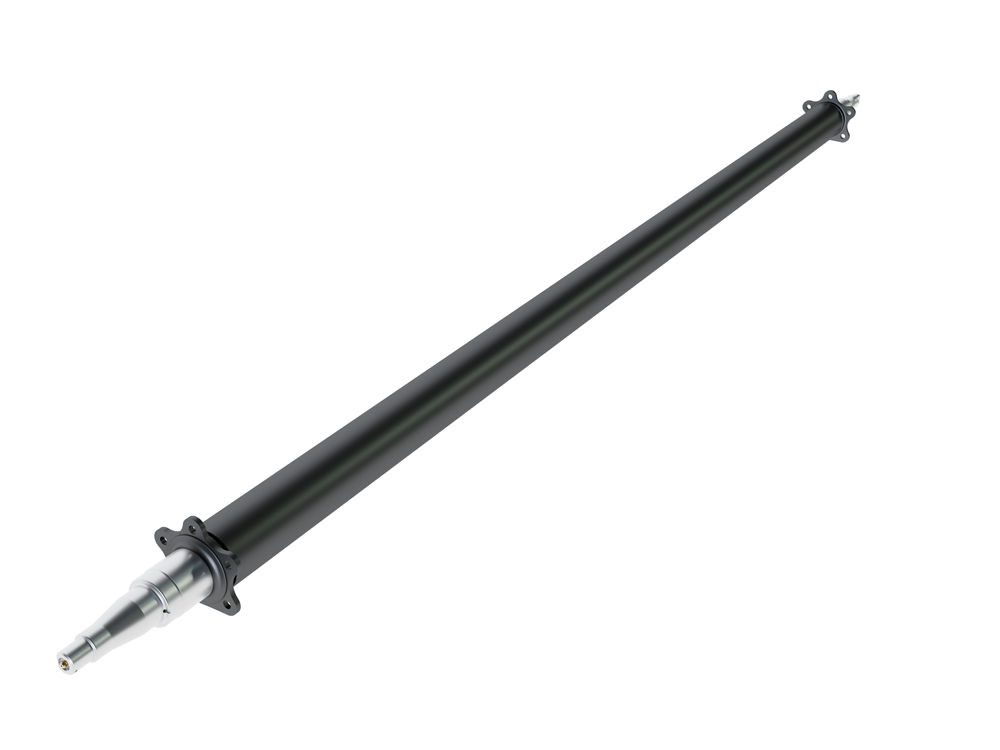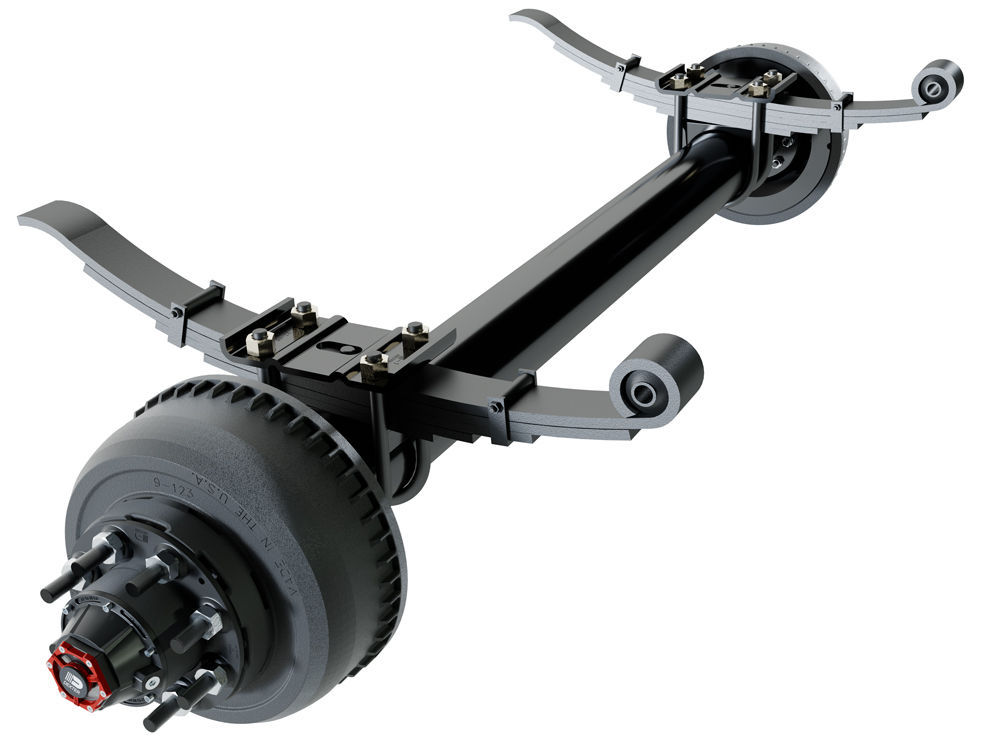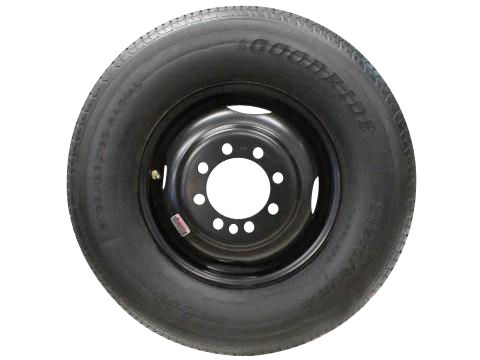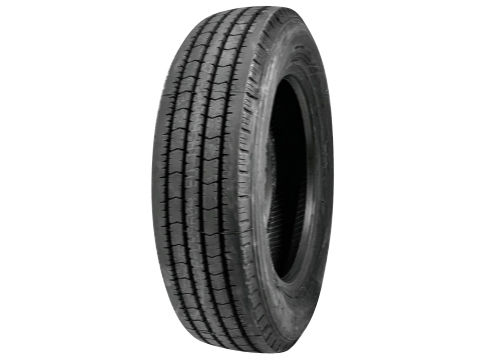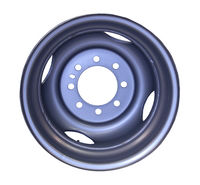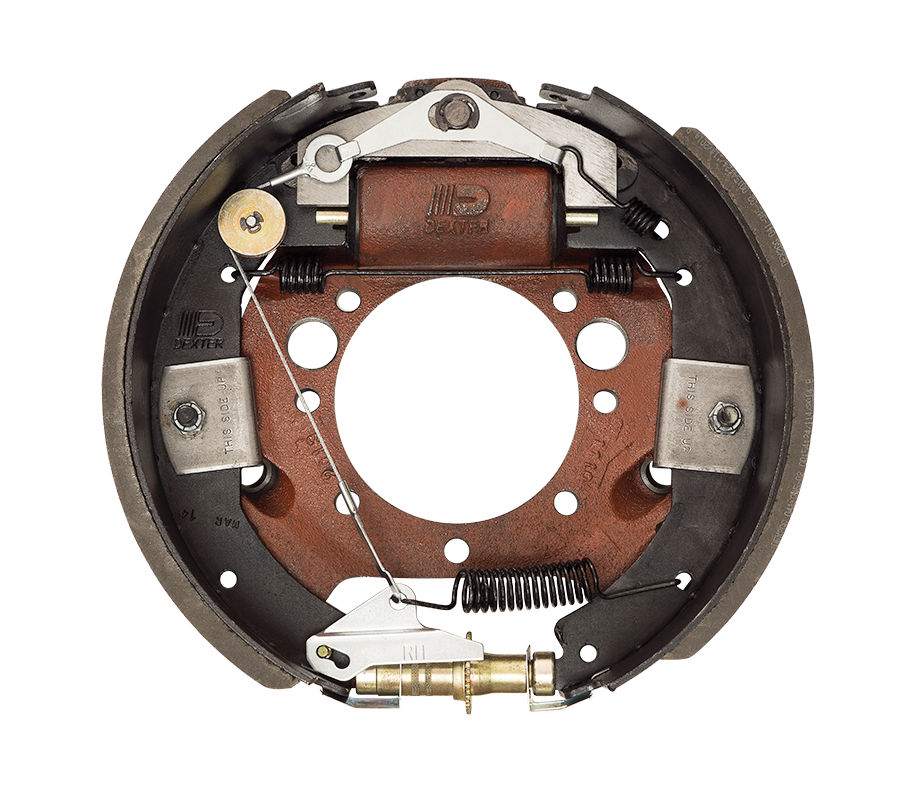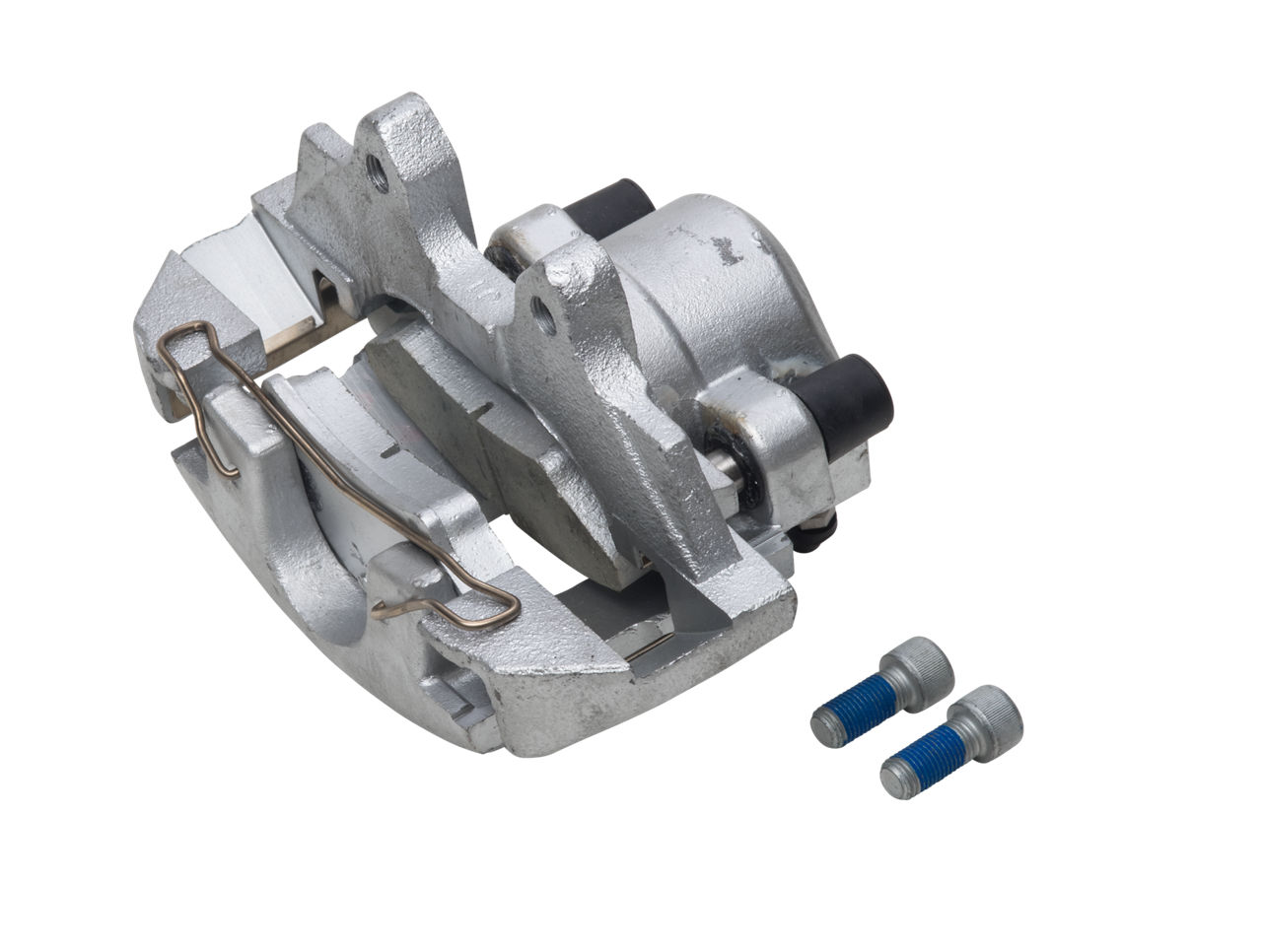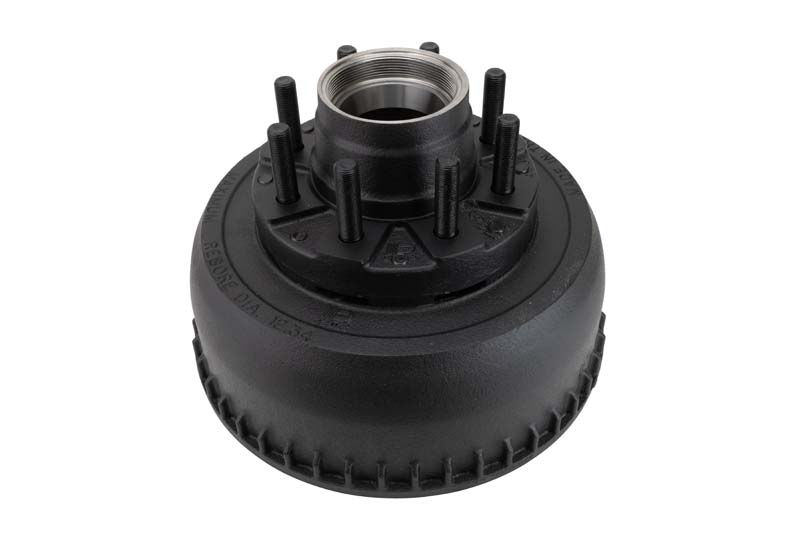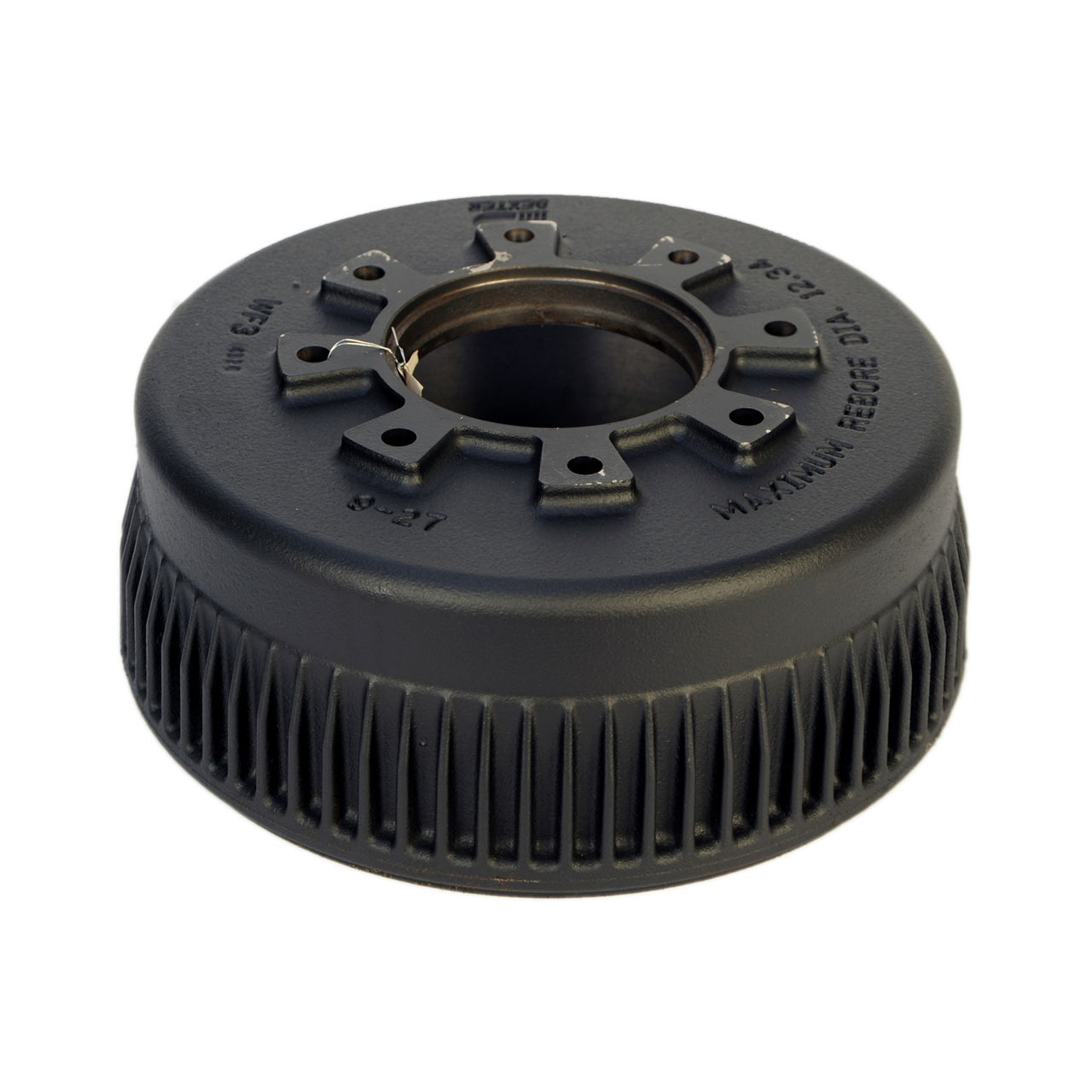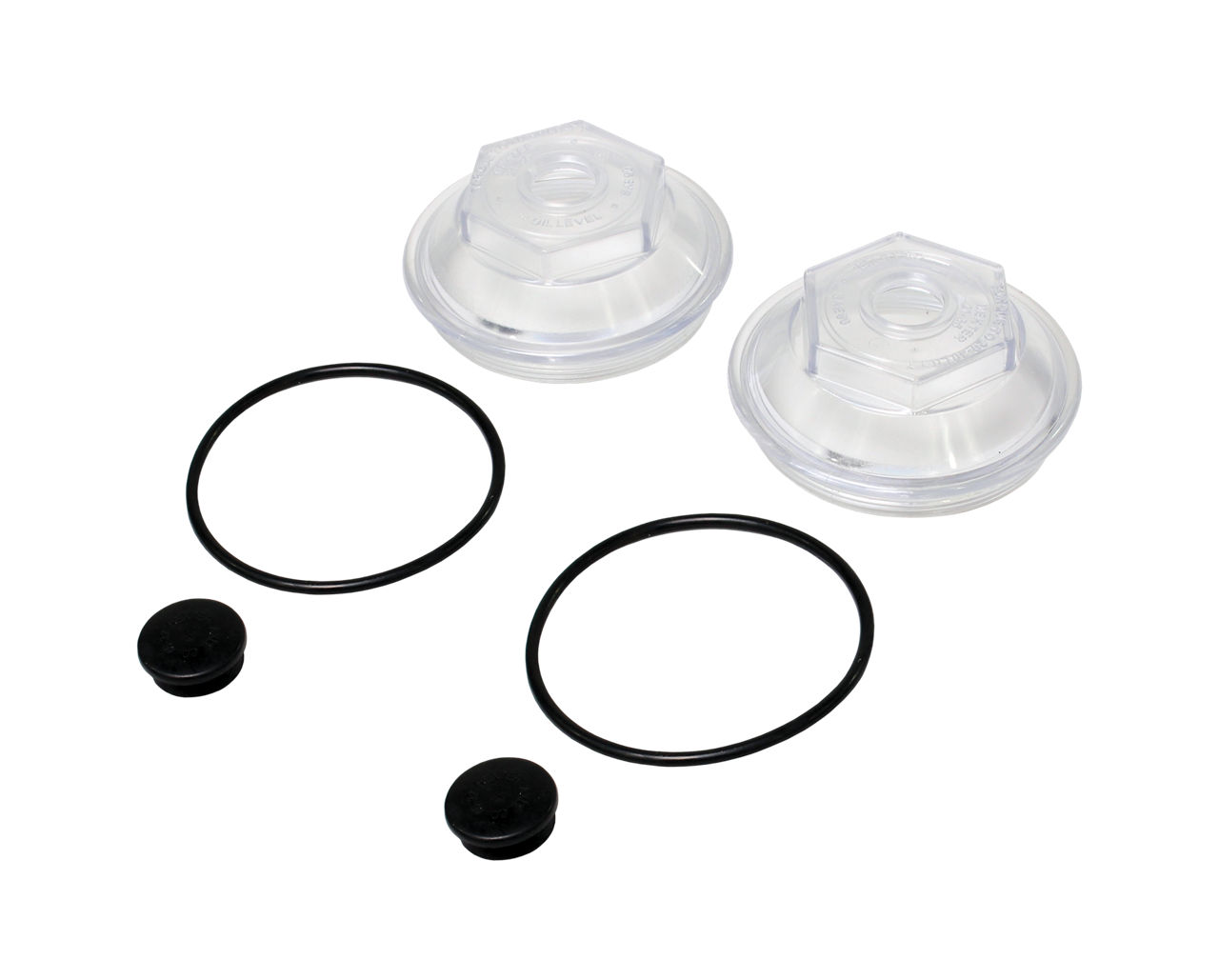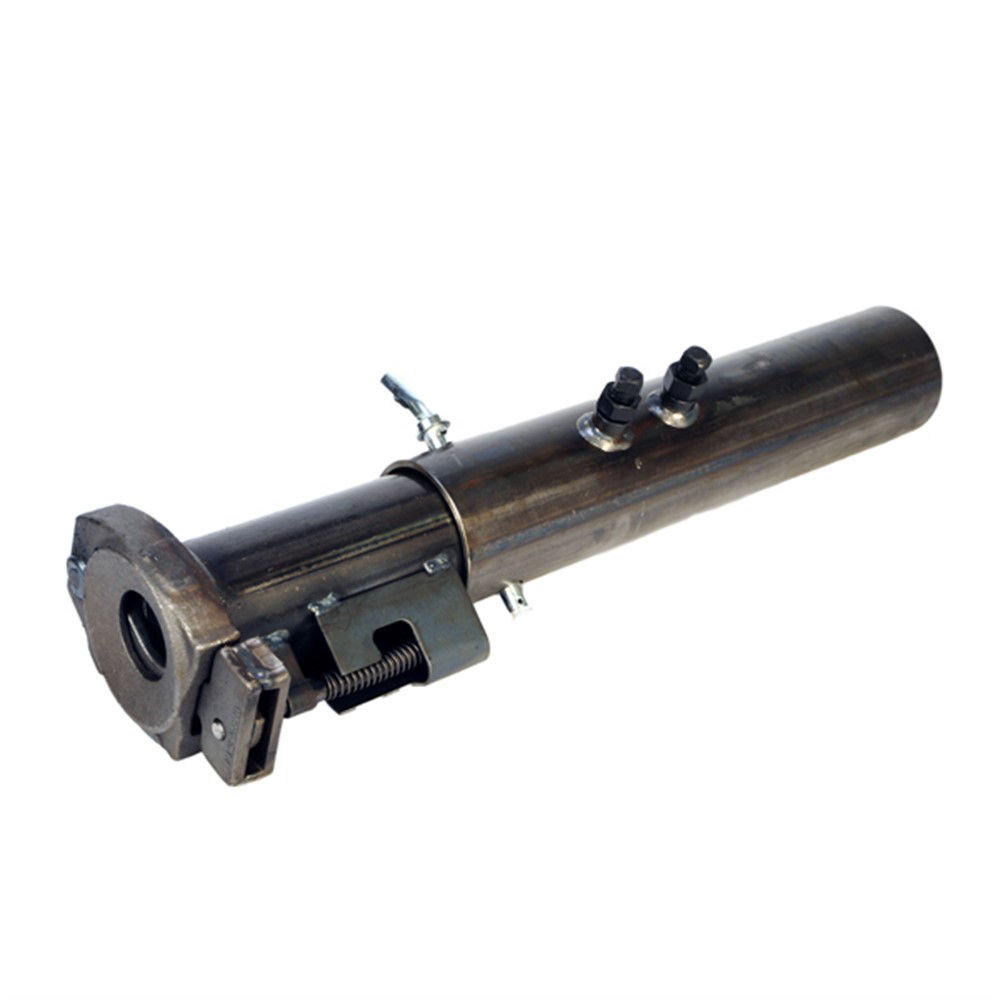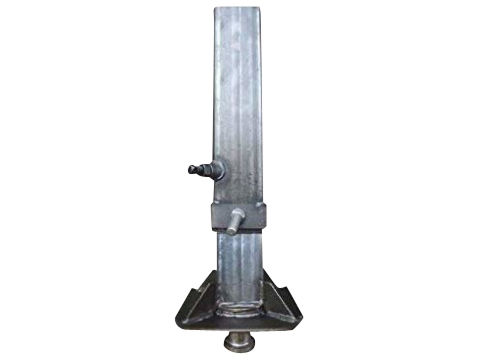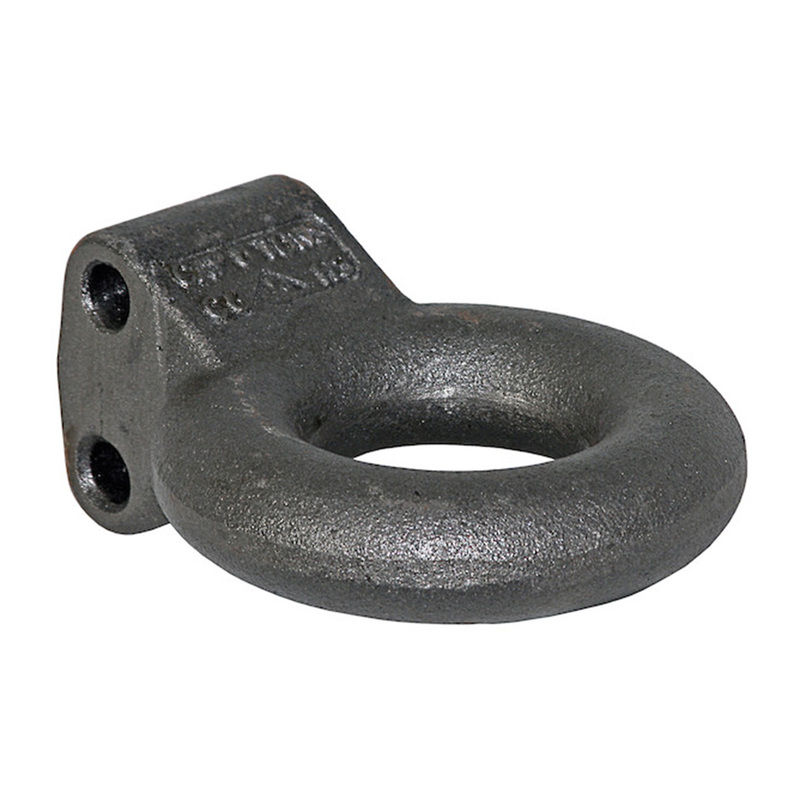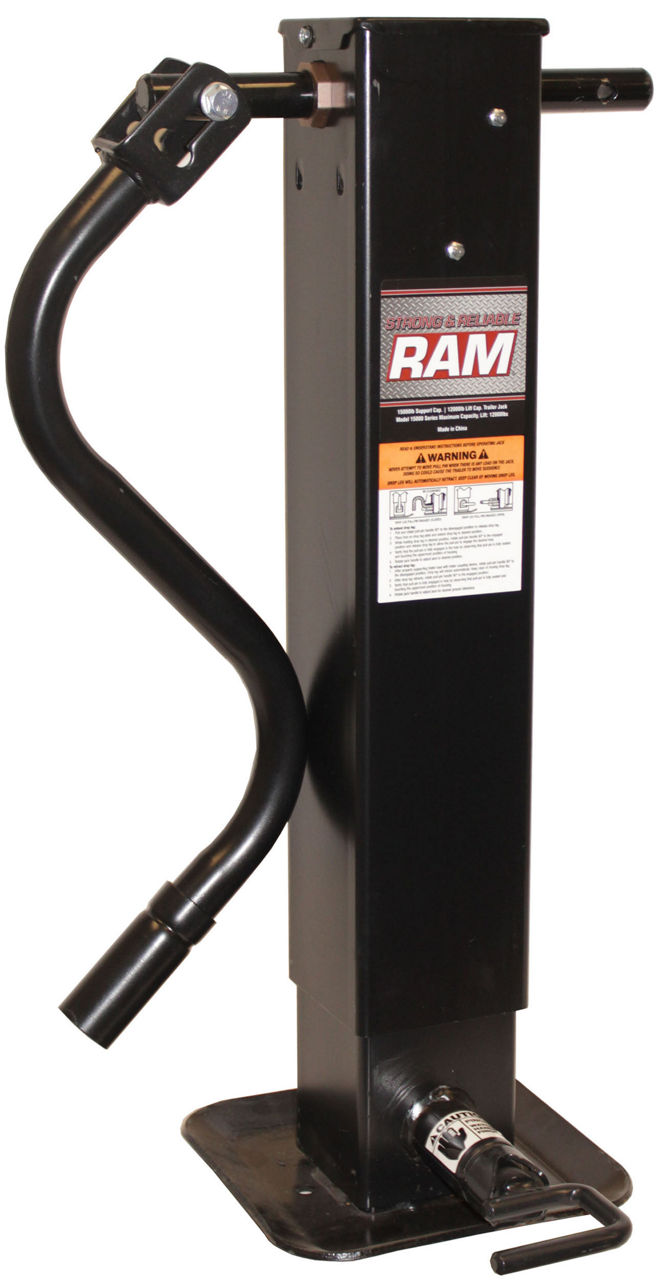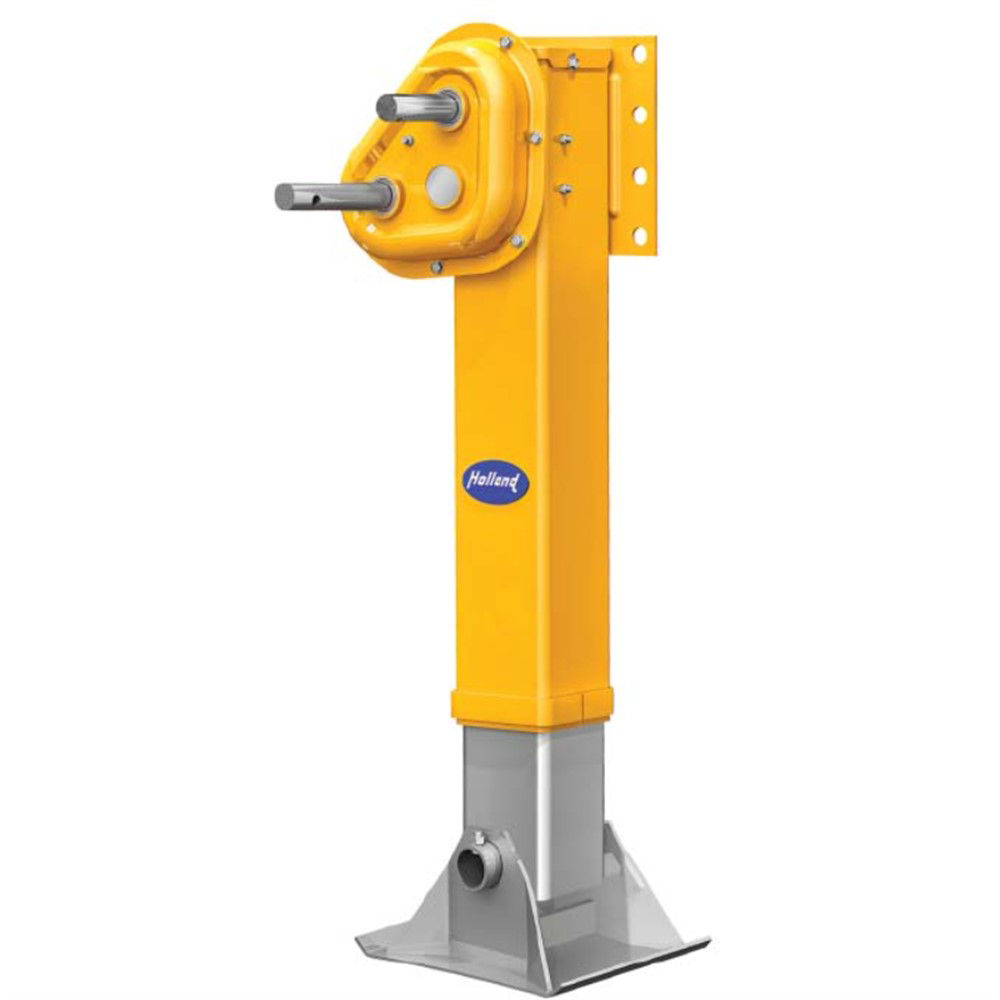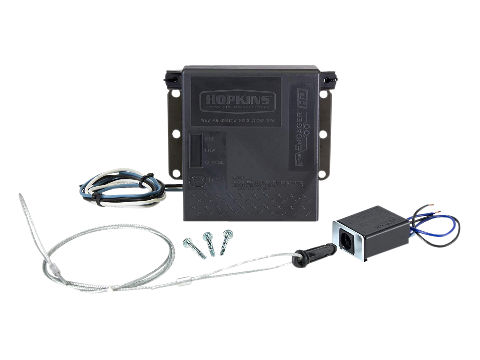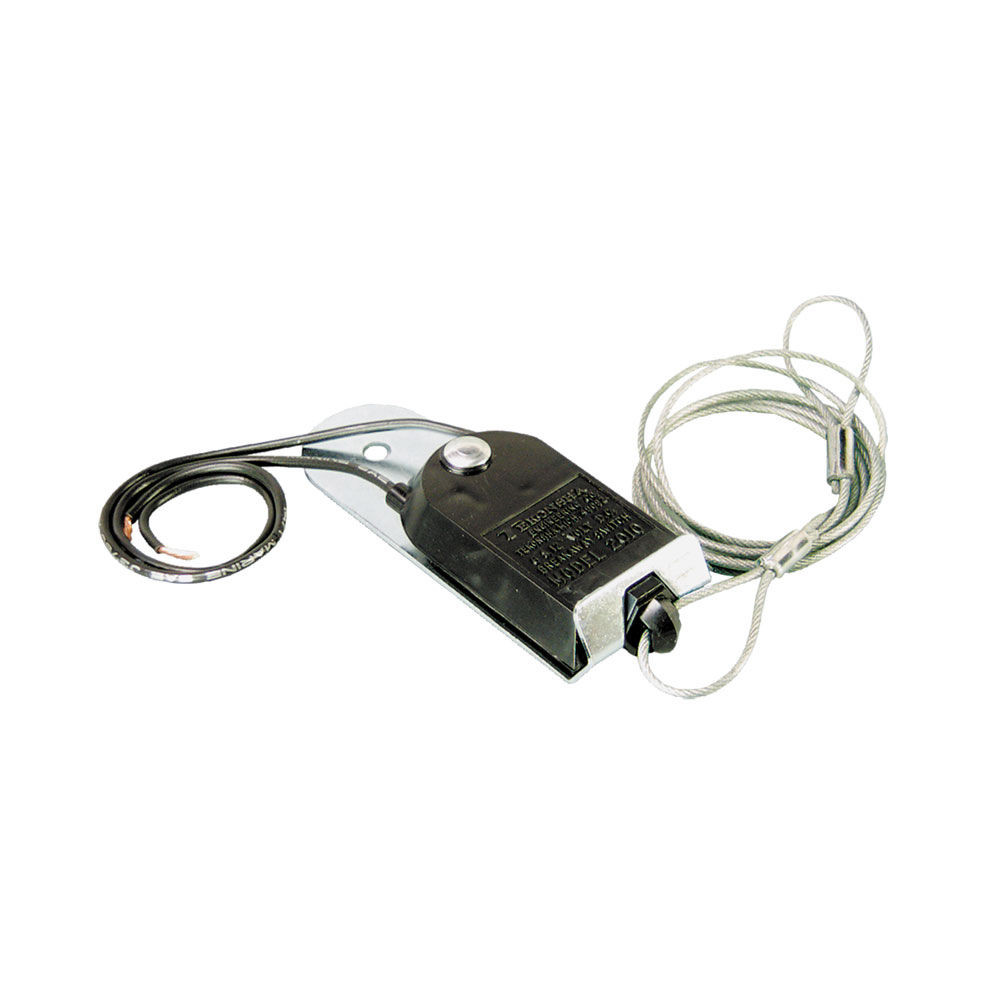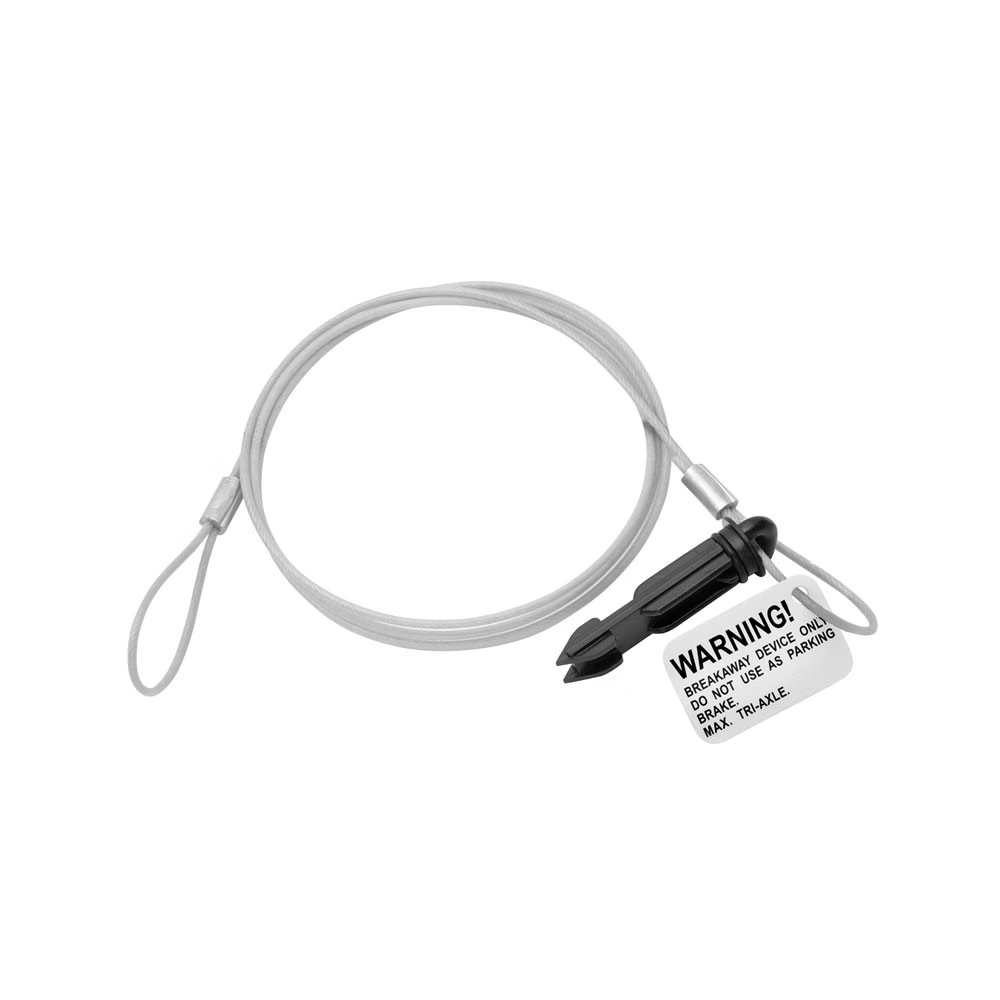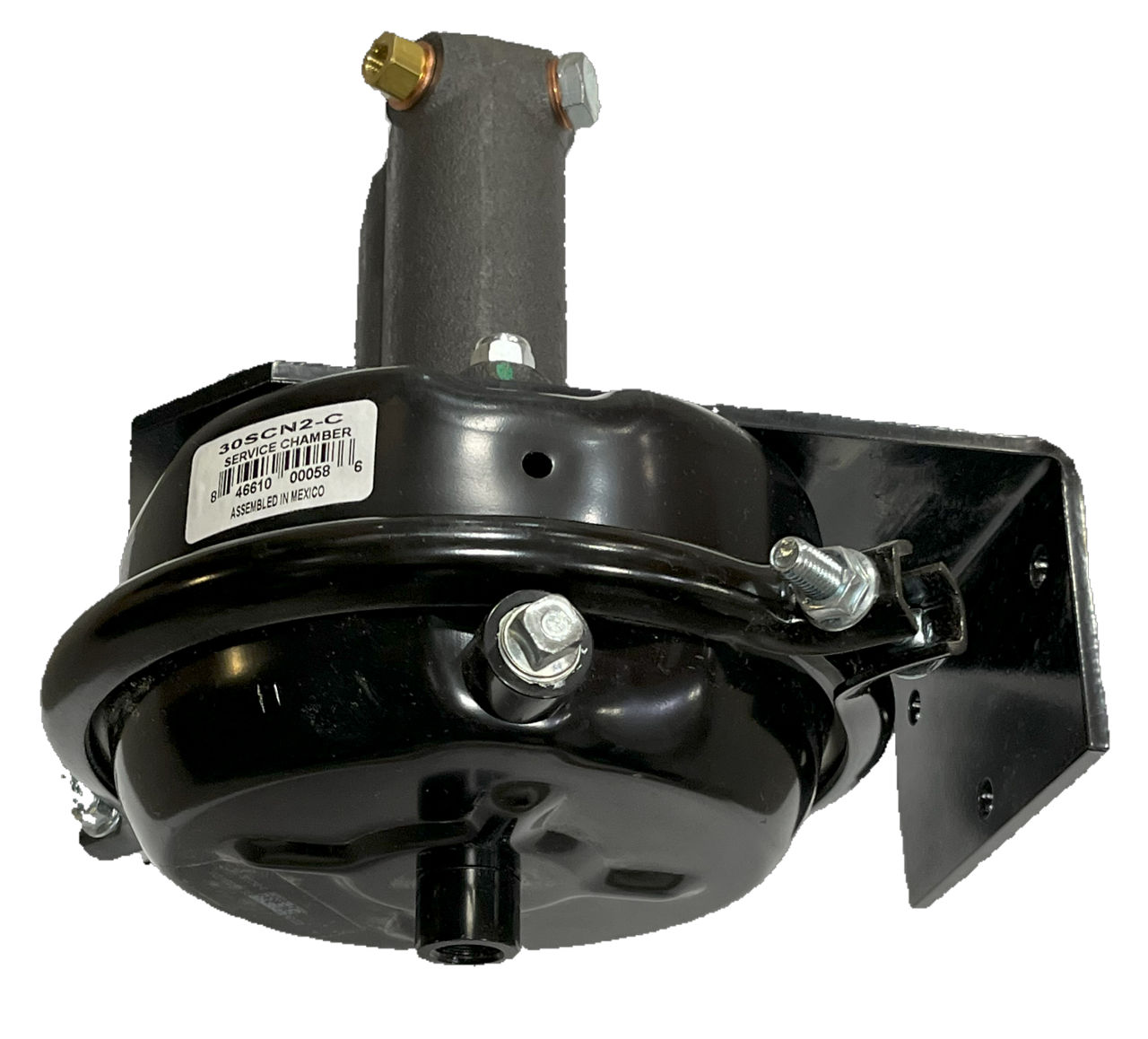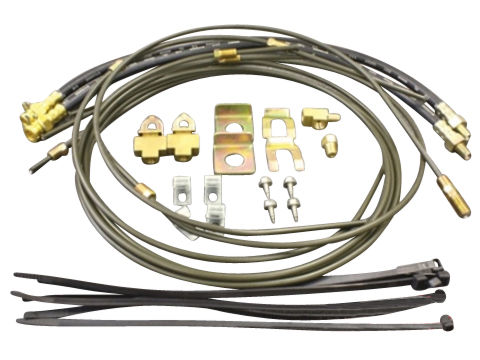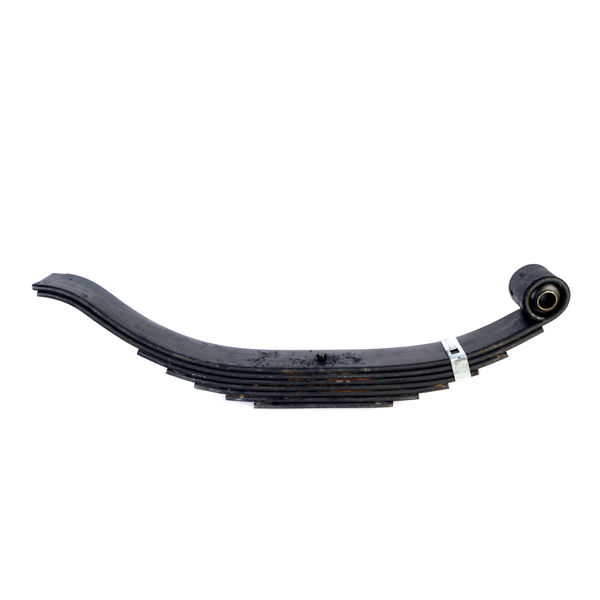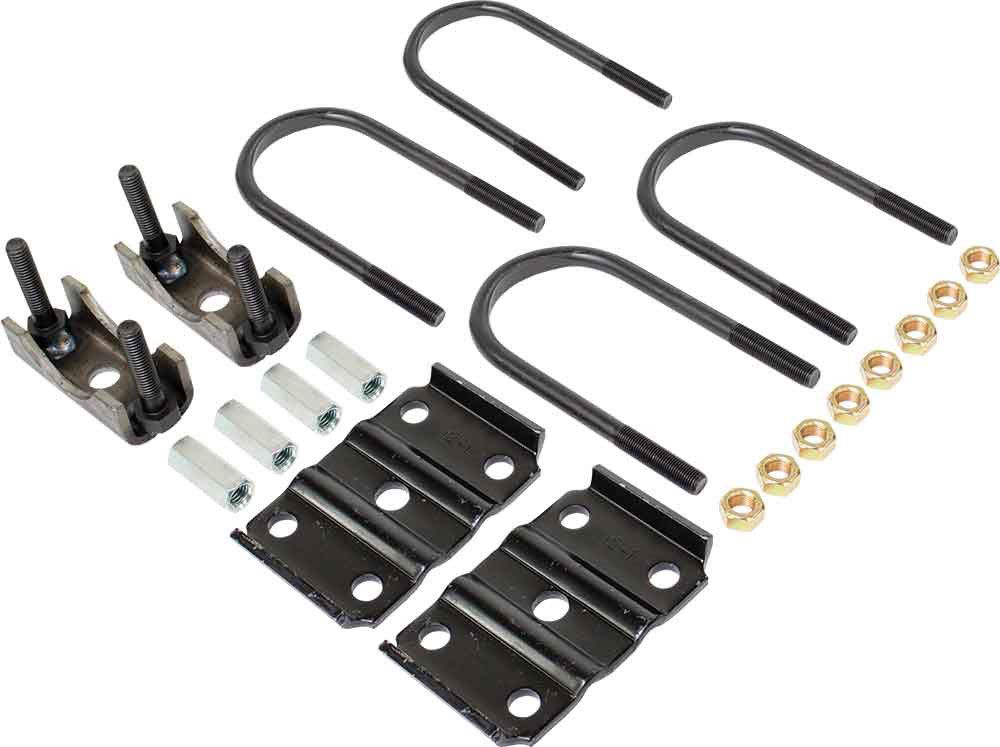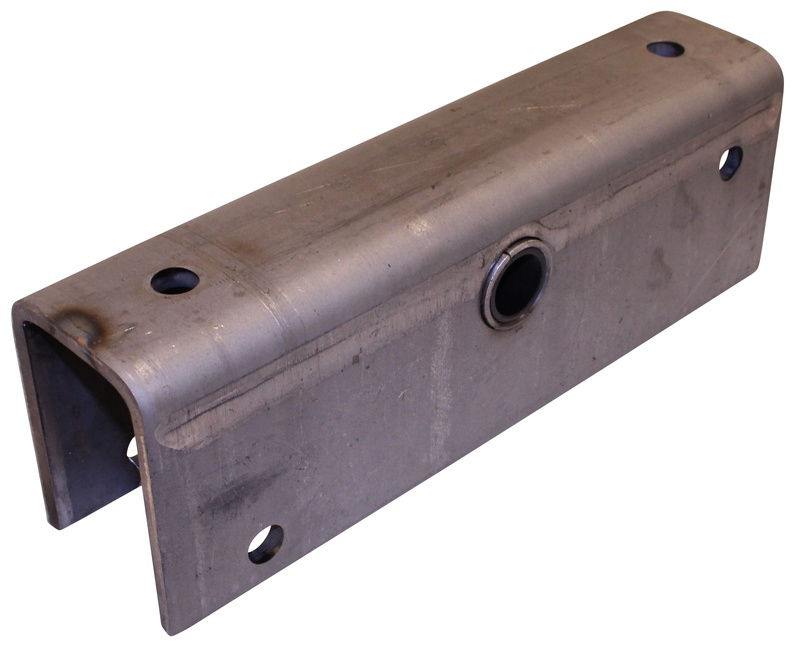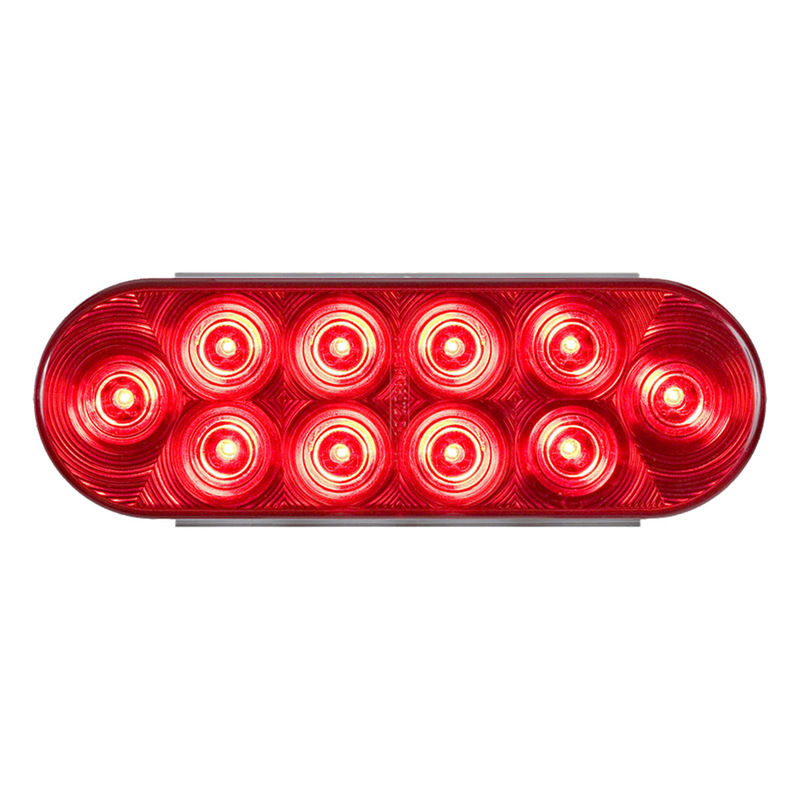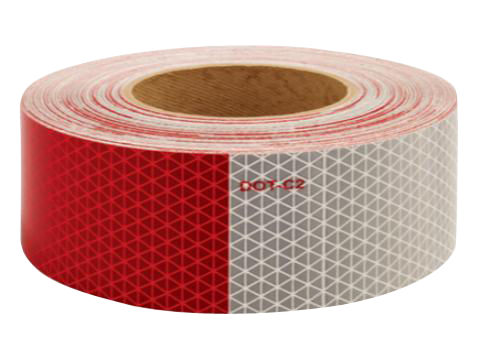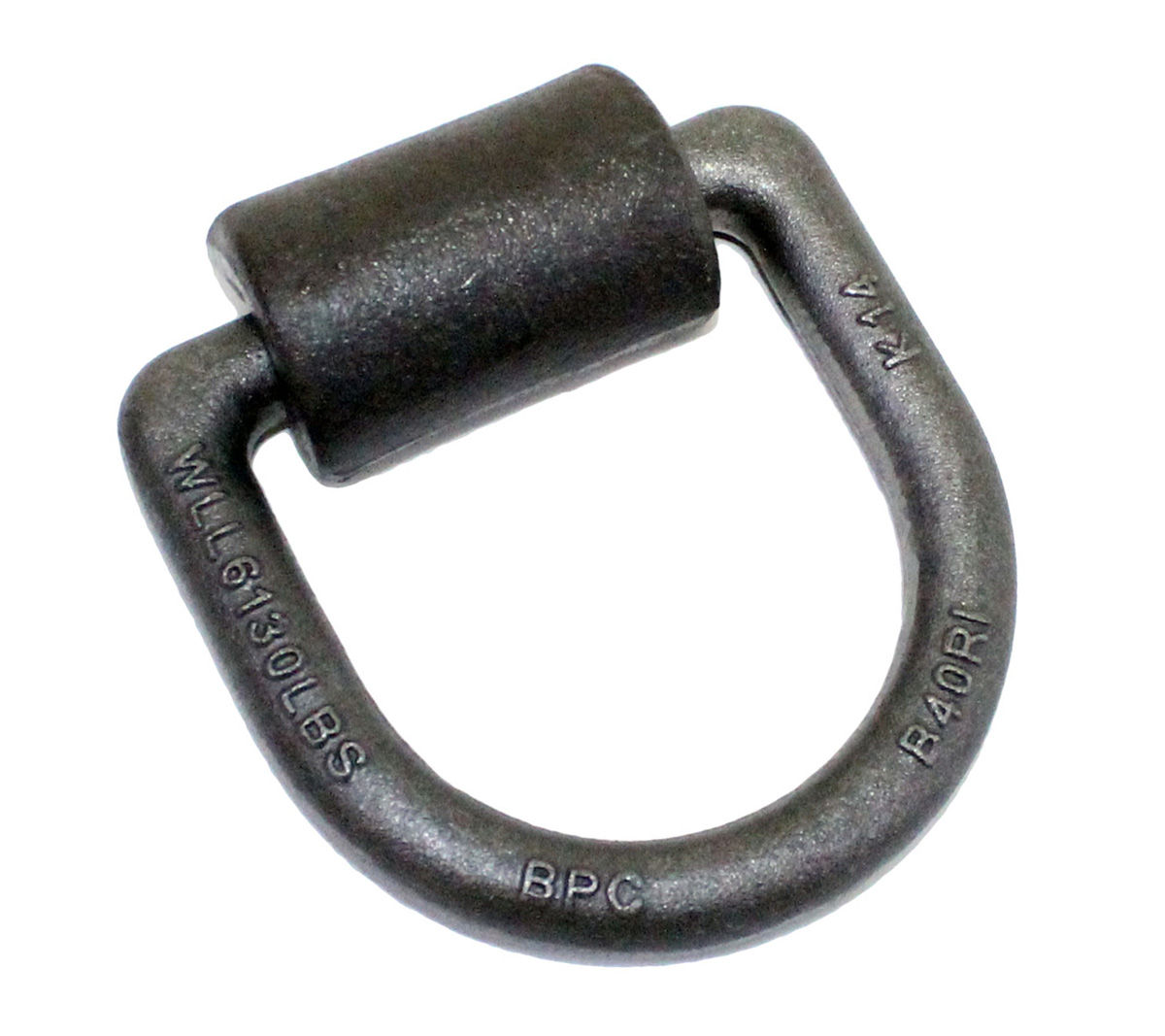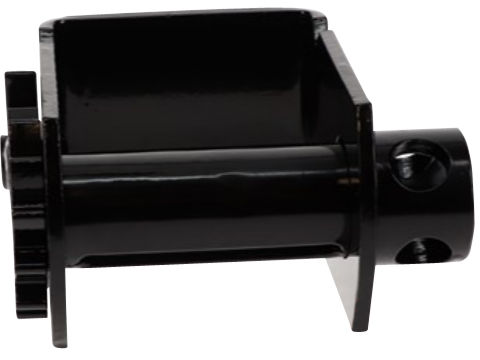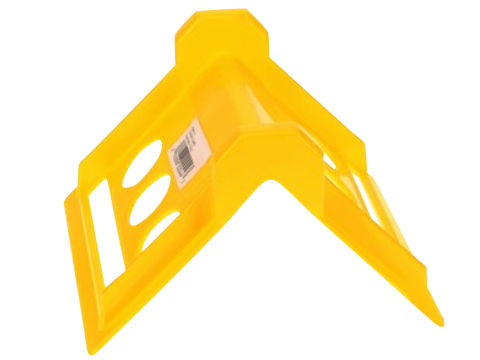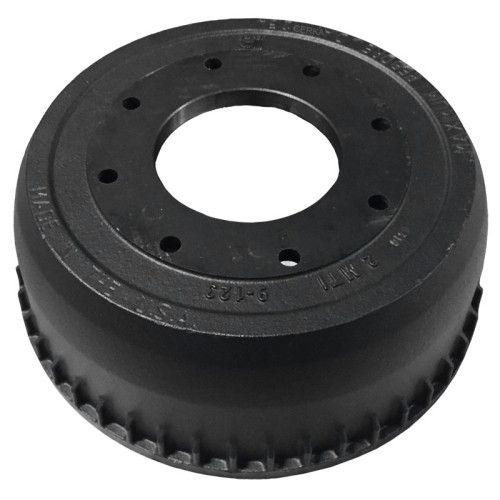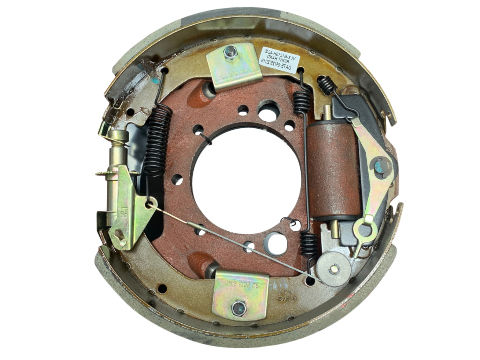Dexko Global
Flat Deck Trailers
Parts, Kits & Accessories for Flat Deck Trailers
Maintain your flat deck trailer with tough, reliable parts. From axles and brakes to tie-downs and decking, we’ve got what you need for performance and durability on every haul.
Fast shipping
OEM-trusted brands
Tech resources
Shop Popular Categories
Axle Assemblies
Tires & Wheels
Flat Deck Brake Assemblies
Flat Deck Couplers
Flat Deck Jacks
Flat Deck Breakaway
Flat Deck Brake Actuators
Flat Deck Suspension
Flat Deck Lighting
Flat Deck Chain & Hardware
Flat Deck Cargo Control
Flat Deck — Overview
Dexter is an industry leader in safe, reliable trailer components, with 60M+ axles produced since 1960 . For commercial-grade and heavy-duty flat decks, Dexter systems cover robust, quality axle assemblies, brakes, suspensions, wheels/tires, landing gear, couplers, lighting, and securement accessories engineered for uptime in demanding fleets.
Customizable solutions are available across general utility and heavy-duty industrial applications so you can spec the right running gear for your deck, payload, and duty cycle.
Common Flat Deck Applications
Construction materials — lumber, steel, panel goods, pipe
Machinery & equipment transport (skids, generators, small dozers)
Palletized freight & crated goods
Farm & ranch — implements, feed, fencing
Industrial haulage — plate, bar, coil, and yard transfers
Spec Tips: Running Gear
Match axle rating & suspension to gross payload and duty cycle
Consider Electric/Hydraulic brake actuation paired with Duo-Servo hydraulic drum brakes for superior stopping capability
Inner tubes of Gooseneck couplers can be replaced with Kingpin style models allowing use of your existing 5th wheel hitch
Cargo Securement Basics
Review working load limits on your webbing and chain to ensure your loads are safe and secure
Consider 3-bar style webbing winches for superior performance in the winter season
Re-check tension after the first few miles and at each stop
Lighting & Wiring Tips
Use tinned-copper connectors with heat-shrink; protect runs with loom
Confirm solid grounds — most lighting issues start there
Add conspicuity tape and side markers for long loads
Flat Deck Trailer FAQs
Need Assistance? Reach out to us:
Call Us:
- Swift Current: 855-778-7302
- Longueuil: 866-767-4867
- Brantford: 833-753-0013
- Milton: 877-876-3344
Email: canada@dextergroup.com

